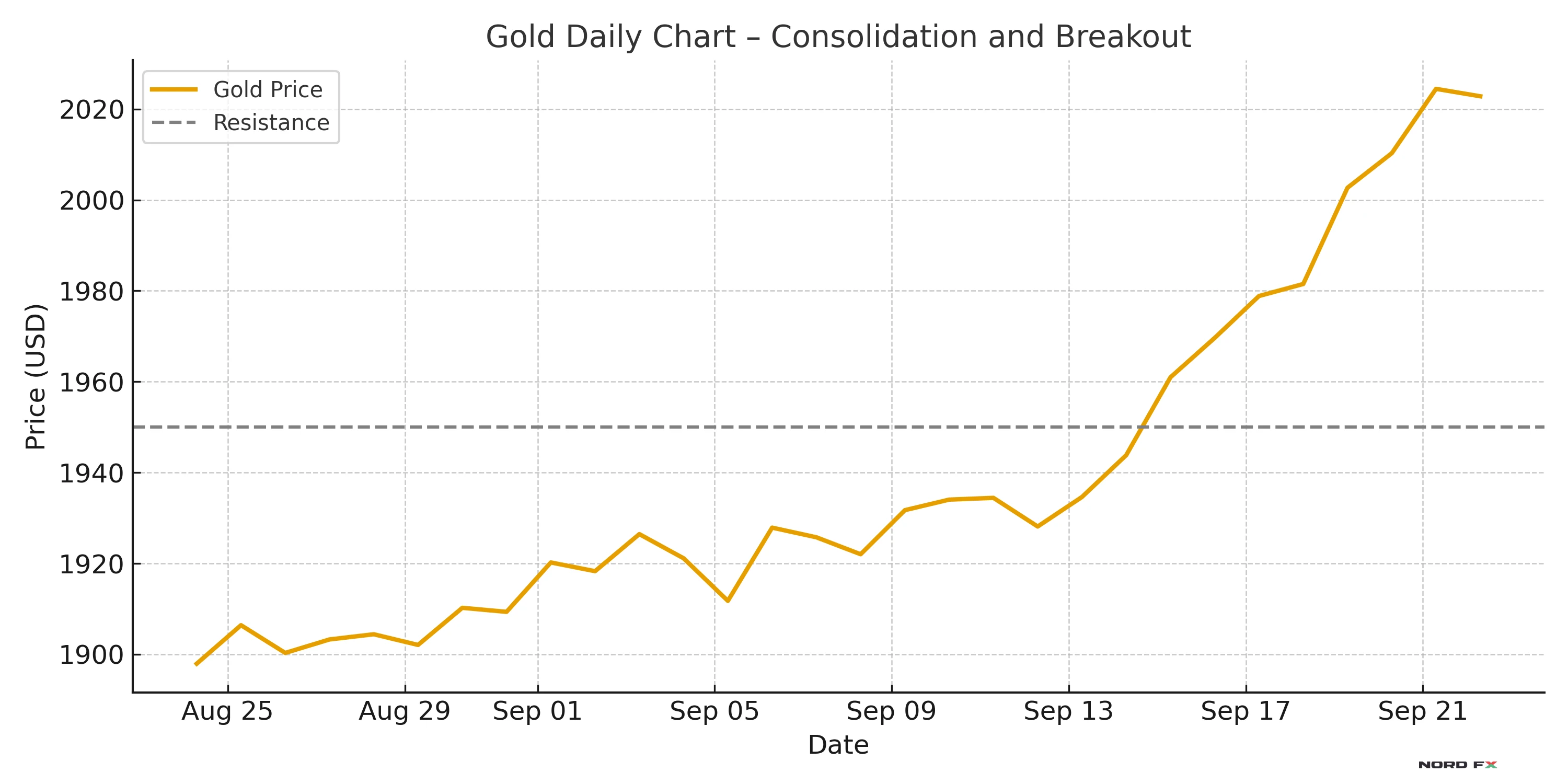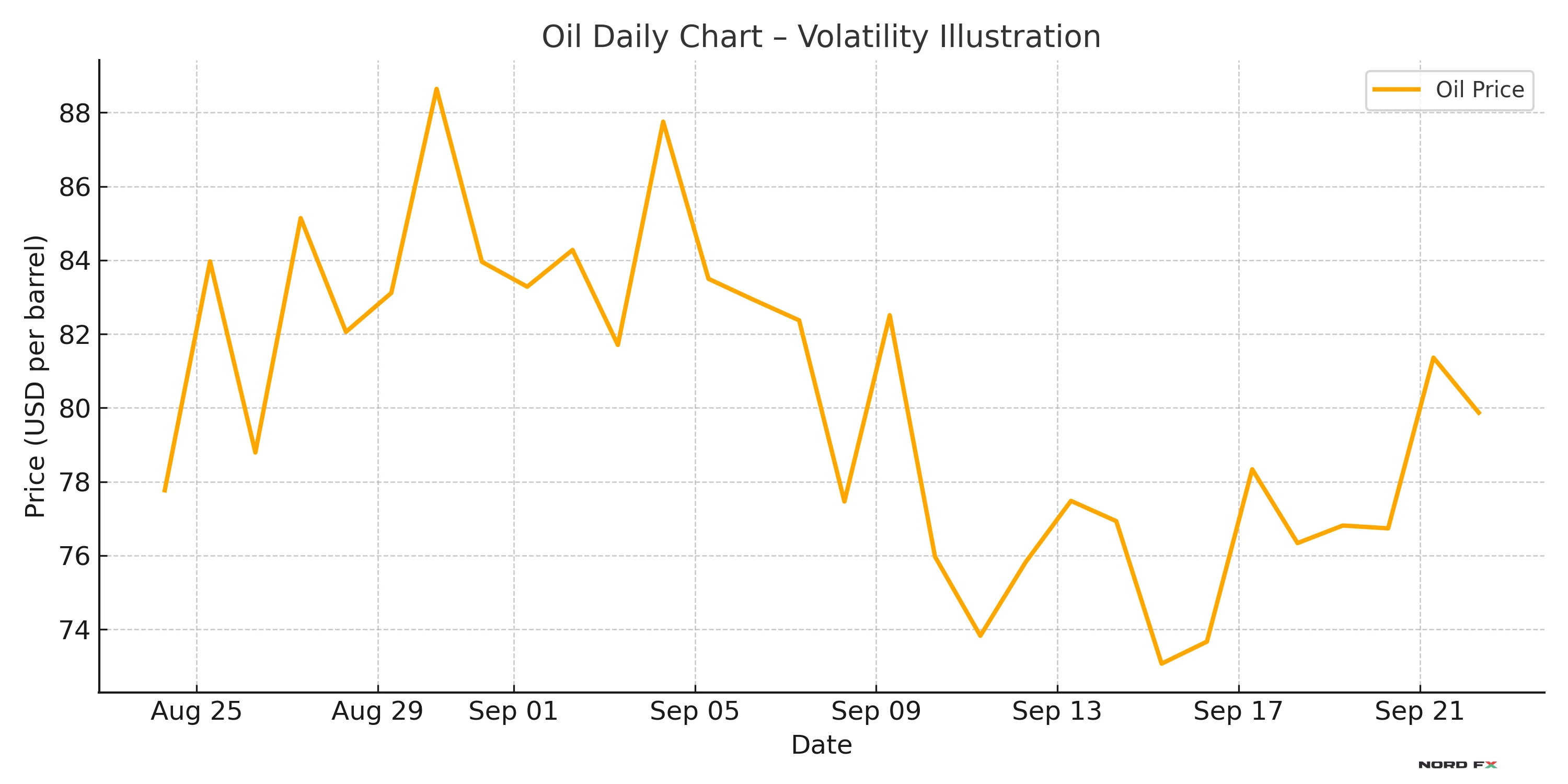Introduction
Commodities have always been at the heart of global financial markets. Gold, oil, natural gas, wheat, coffee, and many other raw materials influence inflation, trade balances, and even geopolitics. For traders and investors, knowing how commodity markets work is essential. Beginners usually start with forex or crypto, but adding commodities to a trading strategy can bring valuable diversification. In this article we will explore what commodities are, how they are traded, what drives their prices, and how beginners can approach them with practical strategies while managing risk.
What Are Commodities?
Commodities are raw materials or agricultural products that are bought and sold in bulk. They are typically grouped into metals, energy, and agricultural goods. Precious metals such as gold and silver are widely used both as investment and industrial inputs. Energy commodities include crude oil, natural gas, and coal, while agricultural products range from grains like wheat and corn to coffee, sugar, and cotton.
Unlike shares or bonds, commodities are tangible goods. Their prices are shaped not only by economic trends but also by supply constraints, natural cycles, weather patterns, and political decisions. This makes them both fascinating and challenging to trade.
How Commodities Are Traded
There are several main ways to gain exposure to commodities. The most direct is the spot market, where the physical good is bought and sold for immediate delivery, though this is rarely used by small investors. A more common method is through futures contracts, which are agreements to buy or sell a commodity at a set price on a future date. Futures are highly standardised and traded on exchanges, making them transparent but also leveraged and risky.
Retail traders often prefer contracts for difference (CFDs) or similar derivatives that allow speculation on price movements without owning the underlying commodity. Exchange-traded funds (ETFs) that track commodity indices or hold futures positions are another option, offering diversification with less complexity.
When trading commodities, participants can take long positions if they expect prices to rise, or short positions if they expect them to fall. The bid-ask spread, which is the gap between what buyers are willing to pay and what sellers are willing to accept, is a crucial element, especially in less liquid markets.
What Moves Commodity Prices?
Commodities are affected by a wide range of forces. Supply and demand fundamentals are the most important. Mining output, harvest yields, and production capacity can all influence supply, while demand changes with industrial use, population growth, or new technologies such as electric vehicles. Inventories also play a key role: when stockpiles are low, prices react strongly to disruptions; when they are high, upward moves are muted.
Macroeconomic and geopolitical events have a powerful impact. Inflation often pushes commodity prices higher, while currency strength, especially of the US dollar, determines affordability for non-US buyers. Oil is highly sensitive to geopolitical risk, and trade sanctions or conflicts can send prices sharply higher or lower.
Seasonal and natural cycles also matter. Agricultural commodities are tied to planting and harvest seasons, while energy demand fluctuates with weather. Technical and sentiment factors complete the picture. Price often consolidates in ranges before breaking out, and daily chart analysis of support, resistance, and trend lines helps traders identify opportunities.
Major Commodities to Watch
Gold is the most widely recognised precious metal, valued both as a safe-haven asset and as a hedge against inflation. Silver, platinum, and copper are also actively traded, each linked to industrial demand. Oil and natural gas dominate the energy category, with prices shaped by OPEC decisions, exploration output, and geopolitical tensions. In agriculture, wheat, soybeans, coffee, and sugar are among the most liquid markets, with prices driven by weather, harvest expectations, and global consumption trends.
Currencies can be closely tied to commodities as well. The Canadian dollar often tracks oil prices, while the Australian dollar reflects gold and metals demand. For traders, these correlations can provide additional signals and opportunities.
Trading Strategies for Beginners
There are many approaches to commodities trading, but beginners often rely on three broad strategies. One is trend-following, where the trader identifies a strong upward or downward move on the daily chart and trades in the direction of that trend. Another is swing trading within consolidation ranges, buying at support levels and selling at resistance. The third is fundamental event trading, where positions are opened around market-moving news such as OPEC meetings, US inventory reports, or crop forecasts.
Whatever the approach, traders must be aware of volatility. Commodities can react sharply to sudden news, and price swings can be larger than in forex or equities. This is why good risk management is essential.
Risk Management in Commodities
Effective risk control starts with position sizing. Beginners should risk only a small percentage of their trading capital on each position, often no more than one or two per cent. Stop-loss orders are vital to limit downside if the market turns against you. Trailing stop-losses are especially useful in commodities, as they move automatically when the price moves in your favour, locking in profits while allowing room for further gains. Take-profit orders also help to enforce discipline by defining exit levels in advance.
Traders should also be mindful of spreads and slippage. In less liquid commodities, the difference between bid and ask can be wide, and sharp moves may mean execution happens at a worse price than expected.
Example: Gold on the Daily Chart
Imagine gold trading around 1,950 dollars, with strong resistance visible on the daily chart at that level. A trader might expect a breakout and open a long position at 1,960. A protective stop-loss could be placed at 1,920, just below the recent support. A take-profit level might be set at 2,020. If the price climbs steadily, the trader could apply a trailing stop so that if gold reaches 2,000, the stop automatically moves up to 1,960, ensuring that the trade will close with at least a small gain even if the price falls back.

The same logic works in reverse for short positions when a trader expects prices to fall.
Challenges and Risks
Commodity trading can be rewarding but carries unique risks. Volatility is often extreme, with sudden shocks triggered by geopolitics, weather, or government policy.

Futures markets bring additional complexity in the form of contango and backwardation, which affect the cost of holding positions over time. Leverage increases both profit potential and the danger of losses. Liquidity can also be an issue, as not all commodities trade as actively as gold or oil.
Beginners should therefore start with the most liquid commodities, avoid over-leveraging, and use risk-management tools consistently.
Recent Trends
In 2025, commodities remain at the centre of global debate. Inflation pressures, underinvestment in mining and energy, and geopolitical uncertainty are all contributing to price volatility. Gold continues to attract investors as a hedge, oil is reacting sharply to supply risks, and agricultural markets are sensitive to climate events and changing trade flows. For traders, this environment creates opportunities but also requires discipline and caution.
Conclusion
Commodities trading is an exciting field that offers diversification beyond forex and equities. By understanding how these markets work, what drives prices, and how to apply simple strategies with strict risk management, beginners can add valuable tools to their trading arsenal. Gold, oil, and agricultural products have shaped global finance for centuries, and they remain as relevant today as ever. The key is to approach them with knowledge, patience, and a clear plan. Beginners who want to deepen their knowledge can explore the NordFX Learning Center for more educational resources.
Go Back Go Back
